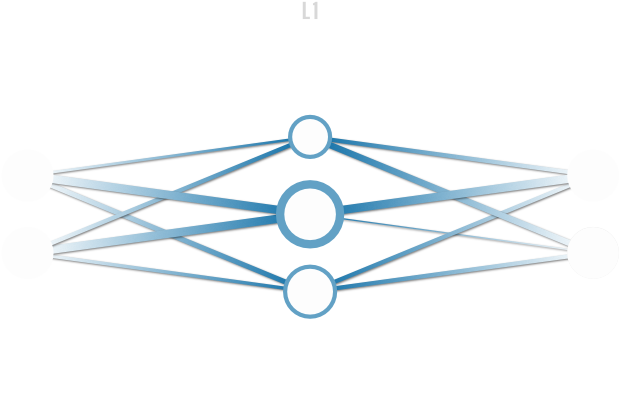Navigating Neural Networks
Let's explore the fundamentals of artificial neural networks—or neural networks for short. Neural networks are types of machine learning models loosely based on how neurons send and receive information in the human brain. More broadly, neural networks are able to make predictions from data. Thus, a neural network is a type of machine learning model that uses data, algorithms, and computing power to predict an outcome given a series of inputs, or numerical values about a single piece of information (data sample). In order to understand how neural networks work, we are going to guide you through a few phases: a starter quiz to understand how data is "seen" by the network; and then, a deeper dive into how data is processed by a neural network.
Dog vs. Blueberry Muffin
First, let's see how well you rate against a neural network being trained on a very common problem: identifying an image of a dog... versus a blueberry muffin.
Seems easy, right?
What am I?
- picture:
- 1
- 2
- 3
- 4
- 5
What am I?
- picture:
- 1
- 2
- 3
- 4
- 5
What am I?
- picture:
- 1
- 2
- 3
- 4
- 5
What am I?
- picture:
- 1
- 2
- 3
- 4
- 5
What am I?
- picture:
- 1
- 2
- 3
- 4
- 5
Results

- 1

- 2

- 3

- 4

- 5
Now let's see how a neural network might approach this type of data sample.
Neural Networks
In the next exercise, you will have the opportunity to try out three increasingly complex neural networks and see how they might train on a data set. Important values from a data sample (inputs) go in one way, go through hidden layers, and come out the other end as a single probability (output). These inputs travel to nodes in each hidden layer of the network. These nodes transform the input values, and as the network learns, it will begin to add weight to specific nodes that help it create a more accurate output. This process of learning is called training. Once the neural network is trained, its accuracy must be evaluated using testing data. Based on the results, the network is then further adjusted as needed until it is ready to be used in the real world.
Complexity
By selecting one of the tabs at the top of the screen, you can adjust the complexity of your neural network.
Typically, a neural network that has more components can be more discerning when evaluating information.
A neuron is a single node of a neural network that holds a value. The value of a neuron is computed by applying a function (a mathematical computation) to the connected neurons and weights from the previous layer. This process turns inputs into an output, and, in the last layer a prediction. A neural network of neurons is connected through layers of inputs and outputs. Each layer of neurons in a neural network produces outputs from the inputs of the previous layer. The outputs then become inputs for the next layer.
inputs
hidden
outputs
data sample










